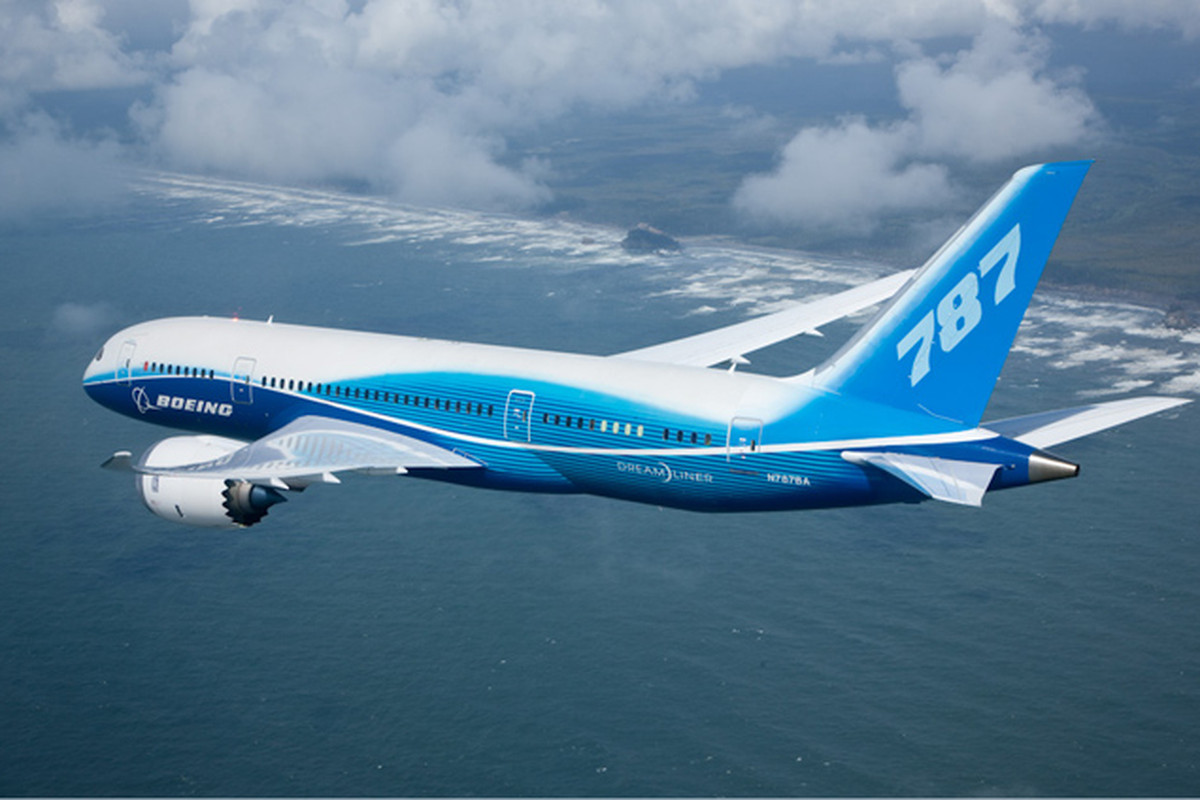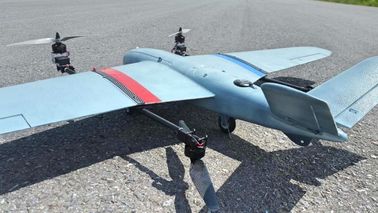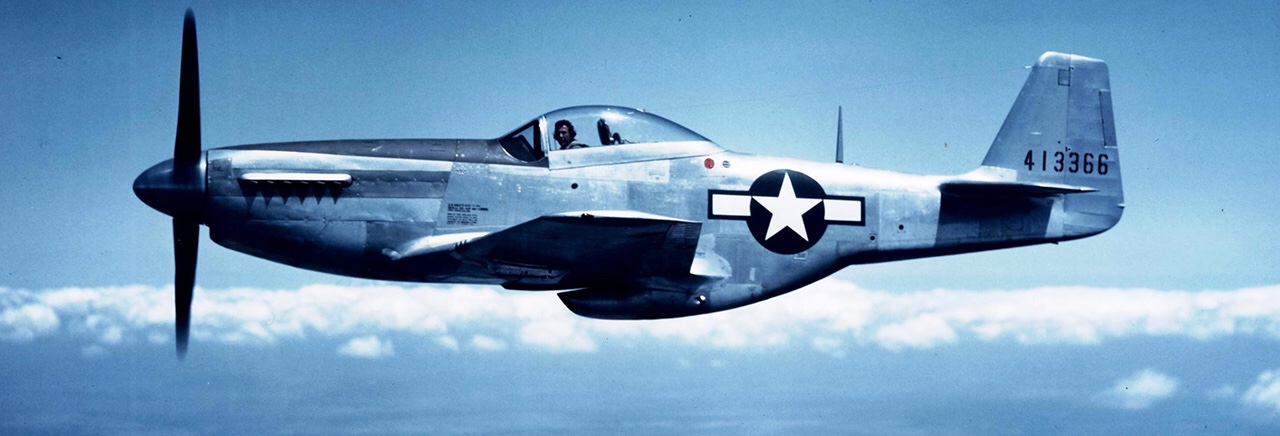Bingo! We have a winner...

Falls into the same category as V-tails, T-tails, cruciform horizontal stabilizers and all manner of other aesthetic treatments to distinguish an airplane from everyone else's design.
"Of course it does. It's designed so the higher the angle of attack the closer to perpendicular to the direction of flight is the rudder. Look at the trailing edges of aerobatic airplane rudders, or say a P51 mustang. Marketing (well known) was the sweep Cessna put on their tails. They became less effective."
I don't even know where to start.


But let's try anyway:
1. Unless one is descending at a high angle of attack the direction of flight is usually aligned with the longitudinal axis of the airplane - the angle between the direction of flight and the trailing edge of the rudder won't change in that circumstance, regardless of the angle of attack.
2. On most airplanes the most effective part of the rudder is the top because it is in the least disturbed air. Because of this, most rudders are tapered from bottom to top (the chord at the top is less than at the bottom), in part to more evenly distribute the aerodynamic loads along the length of the rudder.
3. When an aircraft designer chooses to make the rudder hinge line vertical (such as the above cited examples of the P-51 or an aerobatic plane such as an Extra 300) the only practical way to taper the rudder is to bring the trailing edge forward.
4. A swept tail puts the most effective part of the vertical stabiliser and rudder further back, which, for a given fuselage length, increases the moment arm from the airplane's center of mass, thus
increasing the effectiveness of the rudder. It also means the rudder can be smaller and lighter than if it is positioned further forward. It's not just for marketing.

5. The Mooney hinge line is not vertical as a P-51 or Extra 300. It is canted forward, and the Mooney rudder is not tapered. That suggests the area at the top of the rudder is necessary to offset the loss of effectiveness from the decreasing moment arm from bottom to top.









